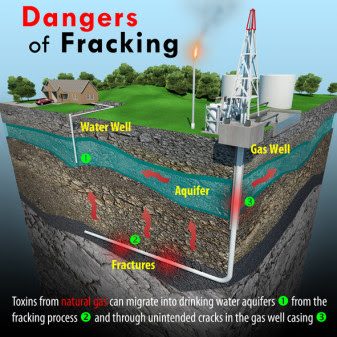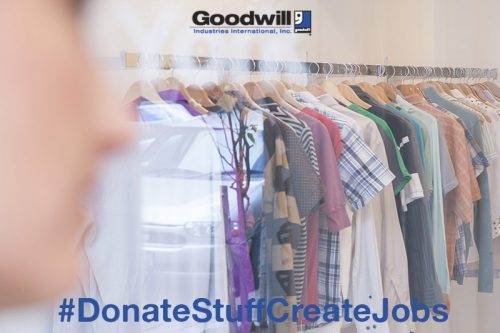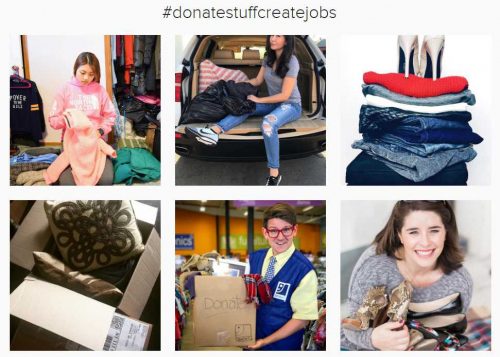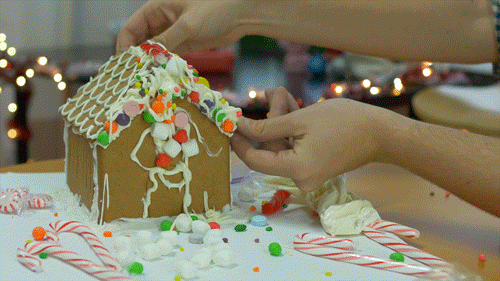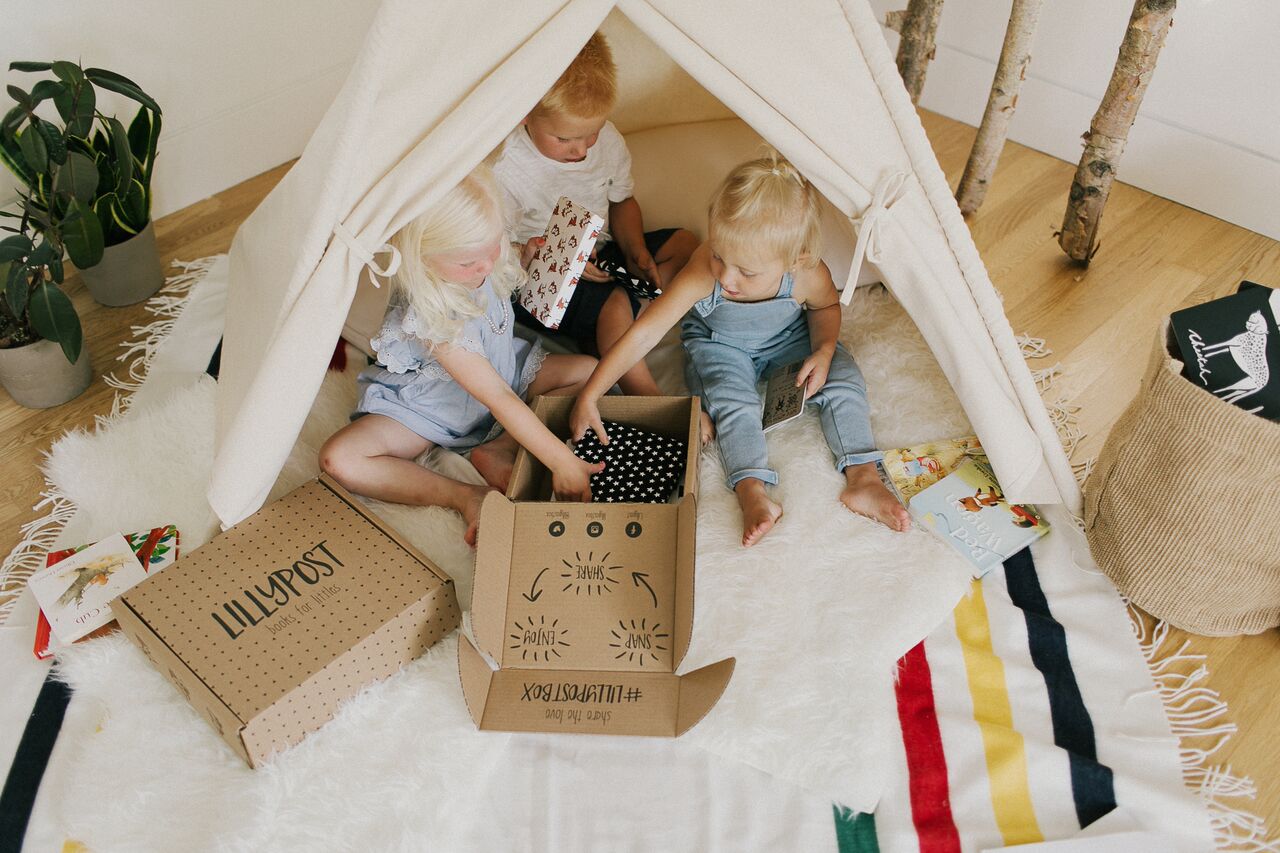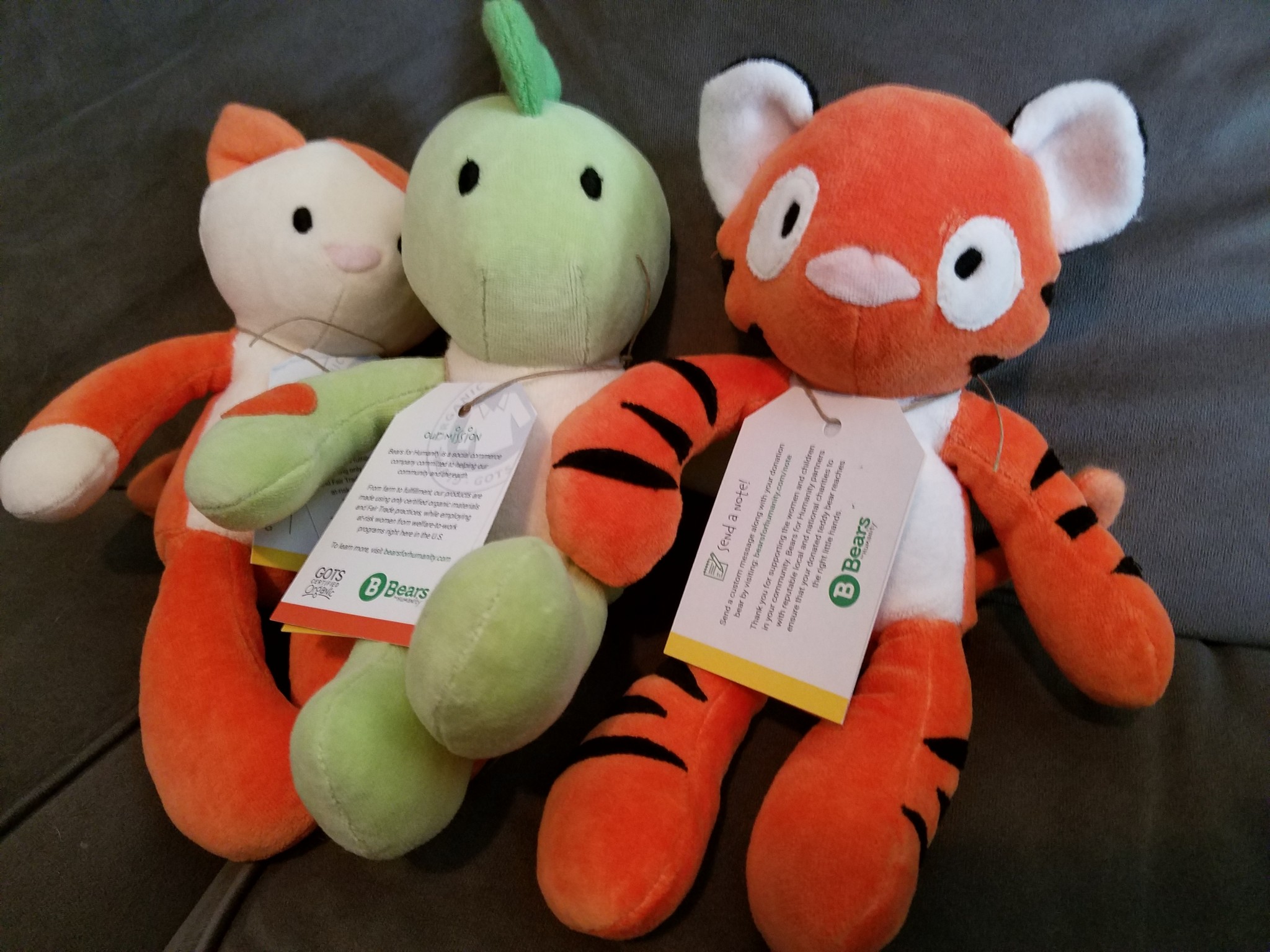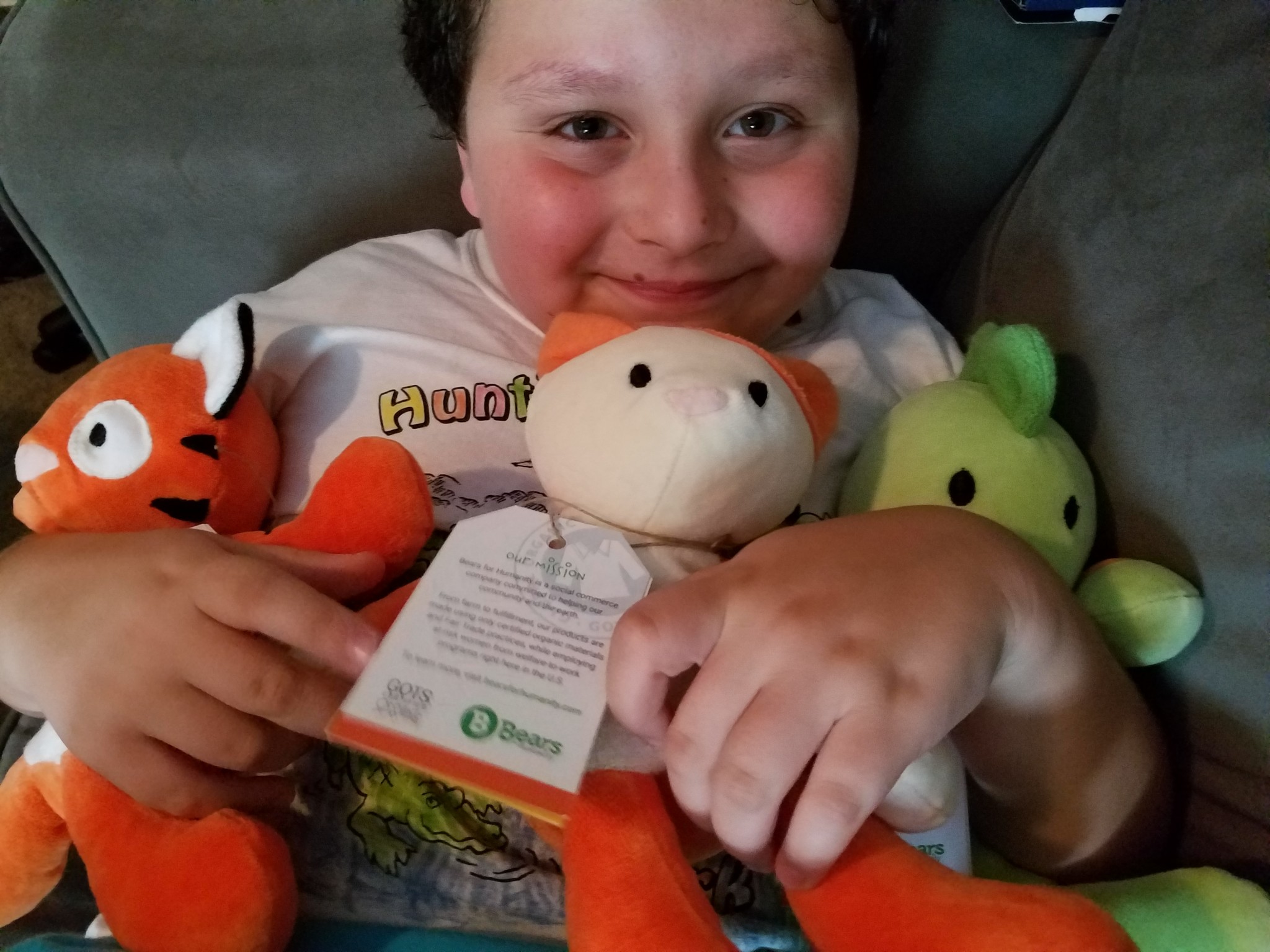With spring in the air – my family and I are gearing up for all the fun that spring brings with it. We travel, a lot, as you know if you are a loyal reader here – which means new fun spring travels are imminent.
But April also brings something else – Autism Awareness.
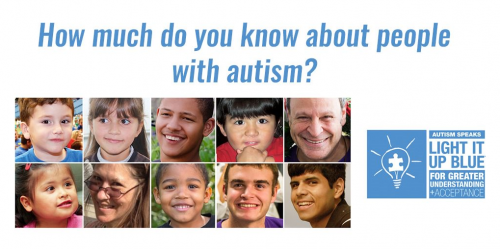
April is World Autism Month, I’ve decided to #LightItUpBlue with Autism Speaks to increase understanding and awareness of autism. As a mother and educator, I believe it is important to learn as much as we can about autism. It’s highly likely that you know someone with autism, even if you do not realize it. The CDC estimates autism’s prevalence as 1 in every 68 children in the United States.
Autism refers to a range of conditions characterized by challenges with social skills, repetitive behaviors, speech and nonverbal communication, as well as by unique strengths and differences. We now know that there is not one autism but many types, caused by different combinations of genetic and environmental influences.
Autism’s most obvious signs tend to appear between 2 and 3 years of age. In some cases, it can be diagnosed as early as 18 months. Autism Speaks encourages parents with concerns to seek evaluation without delay, as early intervention can improve outcomes.
The “Light It Up Blue” campaign is about more than awareness — it is about increasing understanding and acceptance of autism. This includes advocacy and support for people across the entire spectrum throughout their lives. It also includes advancing research into personalized treatments for autism and related conditions. I encourage you to test your understanding of autism by taking this quiz!
Certain medical and mental health issues frequently accompany autism. They include GI disorders, seizures, sleep disturbances, attention deficit and hyperactivity disorder (ADHD), anxiety and phobias. Traveling as much as I do, I am fortunate to meet a lot of people. This also means that it is important to have a good understanding of autism. Having a better understanding of each other is one way we can come together and unite.
If you’re moved to do so after visiting AutismSpeaks.org, please show your support for and understanding of the challenges faced by individuals with autism by sharing a photo to #LightItUpBlue for Autism Awareness Month too. Also, check out Autism Speaks’ nationwide calendar of autism-friendly friendly events and activities in April.
